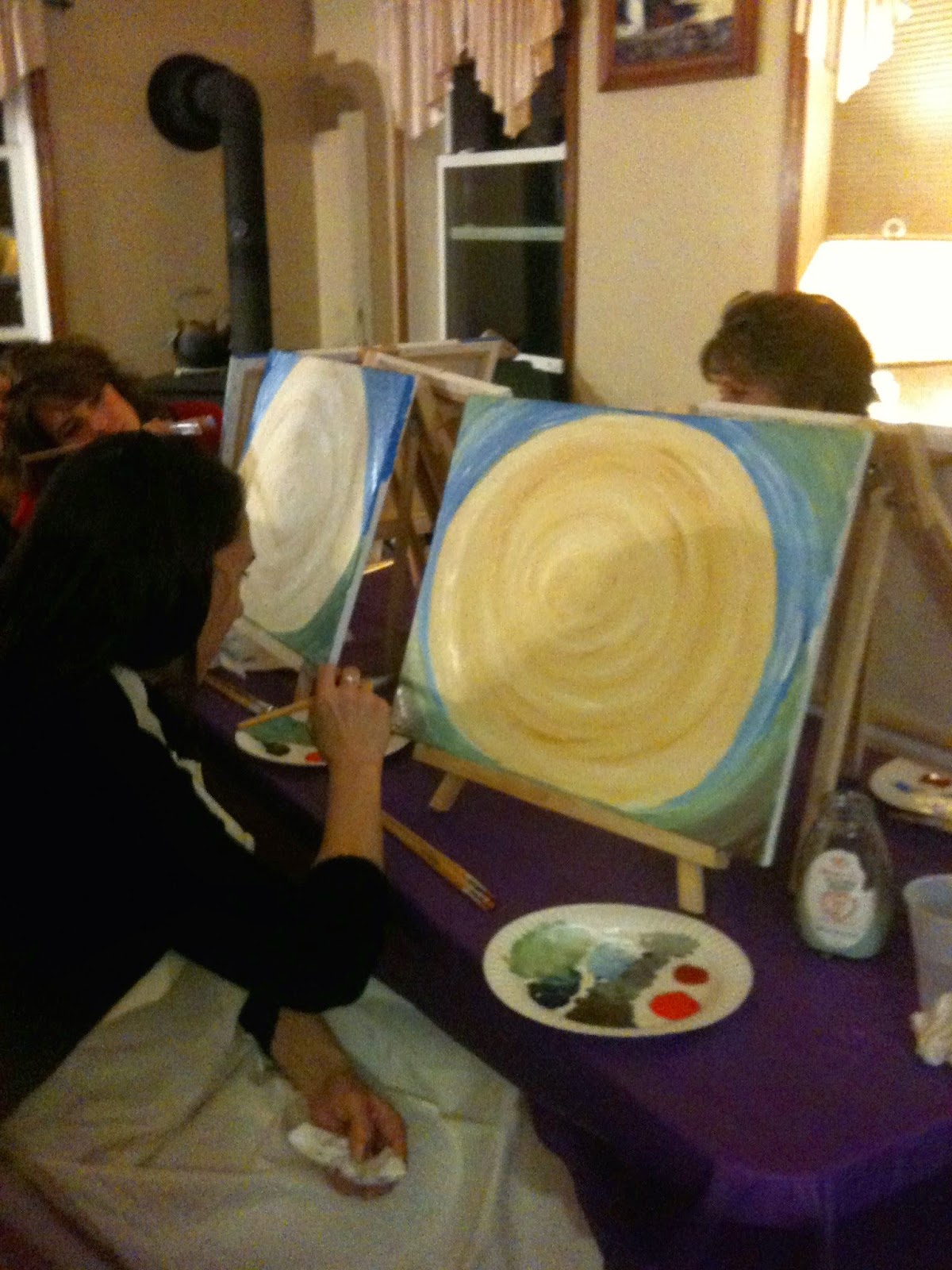 |
| Pears |
 |
| Poppies |
A new addition to my art business is painting parties. You choose the project, gather at least five friends, add some snacks & beverage of choice and I bring everything to your location for a fun, stress free social gathering.
Don't know how to paint? No worries. I walk you through the project, step-by-step, encouraging, guiding and most importantly providing the setting for a memorable event. After about two hours, you will leave with a beautiful 16" x 20" canvas that you can proudly display!
Displayed are three party examples that I have painted. Through the company that I am an independent consultant for, I have access to more than 30 great projects to choose from. Perfect for a ladies-night-in, couples night, small groups, women's retreats, family reunions, bridal showers, young married groups. Book now for holiday parties!
I also offer kids' painting parties. What a unique, fresh idea for at home birthday parties. Young artists will be lead, step-by-step, through their project and leave with a rocking 12"x12" canvas. There is a gallery of designs just for kids. Perfect for boys and girls. I will post a few examples soon.
Please see side bar for more information. Feel free to contact me with questions, customize your party or to check availability and book your party.
 |
| Whimsical Tree |
 |
| Sunflower |






























+(1).JPG)
.JPG)


















